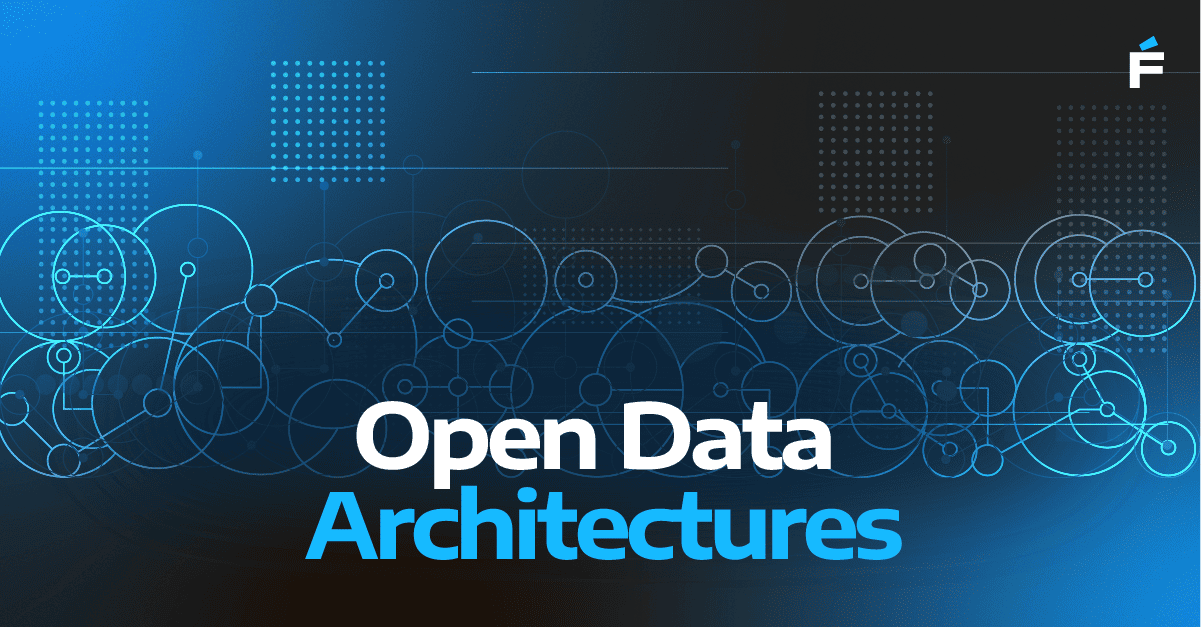Editor’s note: In January, Forte Group hosted an “Insights on Innovation” event in Chicago. Speaker Andre Barentz, a thought leader on lean innovation and former Director of Innovation Labs at Allstate, outlined how a lean operating framework, centered on product and portfolio management, can work for startups and large enterprises, alike.
What follows is an overview of Andre’s presentation, “How to grow and profit sustainably through technology innovation.” In this article, Andre lays out how to track the arc of your product or portfolio of products through the software product development life cycle (sPDLC).
The three horizons:
knowing where you’re at in the spdlc
Before setting out to build any piece of software, product managers, business stakeholders, and anyone else involved in the sPDLC, should ask two simple questions:
What problem are we trying to solve?
-
Most managers in mature companies are preoccupied with running their existing businesses. How might they operate core businesses and build new ones at the same time?
-
Most founders of startups know how to innovate. How might they scale the business and reach profitability without sacrificing the vibrant startup culture? How might they repeat the initial success?
What is the solution to that problem?
Funding of products (and portfolios) should fall into three broad horizons. Each horizon should have well-defined, clearly understood goals, distinct management practices and incentives, and different types of KPIs and development methodologies. A successful company will develop capabilities in all three horizons to build a pipeline of opportunities for long-term growth.
The original order of horizons in “The Alchemy of Growth” is: H1 core, H2 growth, H3 ideas. This underscores the fact that profits made in the core businesses earn the right to grow by sponsoring the other two horizons.
Though I think the numbering should be reversed to show how an idea transitions through the horizons sequentially, I will keep the original sequence to preserve the reference to the book. However, I will refer to horizons by their main goals: innovate (for H3), grow (for H2), and profit (for H1). It makes more sense to me.
Does innovation occur only in the initial horizon? No, it continues throughout the whole product lifecycle but the focus on the first horizon is squarely on innovation. Does growth stop in the profit (H1) horizon? No, but it does slow down because, in this horizon, growth is no longer the primary objective.
Below, I’ll define each horizon in greater detail.
Horizon three (H3) represents ideas for future growth and options on future opportunities. Most of these ideas will never become profitable businesses. A successful corporation must develop capabilities to source, validate, and filter innovative ideas. These ideas may come from business or technology sides of the organization. They can be crowd-sourced from intrapreneurs. To optimize innovation, a company shouldn’t commit too many resources to H3. This helps to promote out-of-the-box, scrappy thinking.

Product Horizon 2: Grow (H2)
Horizon two (H2) includes ideas that have been validated in H3 and have started to grow. These ideas will require considerable investment to scale and become profitable in years to come. Businesses and products within the growth horizon often attract investor attention.

Product Horizon 1: Profiy (H1)
Horizon one (H1), organizations should fortify their core business and capture the remaining opportunities for growth. Companies in this phase should focus on increasing efficiency and profit through the modernization of technology, product extensions, sales incentives, continuous process analysis, and optimization.

Product managers need to be acutely aware of the current horizon of their product. They must also decide when it’s the right time to transition to the next horizon. Because goals, incentives, and mindsets are different, the decision to move into the wrong horizon leads to disaster.
For example, managing a product in the innovation horizon (H3) with a mindset geared toward cost-cutting and efficiency (H1) will kill an innovative idea for the wrong reason.
A practical approach is to transition product management responsibilities to a different product manager at the boundary between the Grow (H2) and Profit (H1) horizons.
However, at the portfolio level, organizations need product managers who can transcend the mindset of a single horizon and manage products in all three horizons at the same time. This is difficult. A cross-functional portfolio board may help to make the right decisions.





